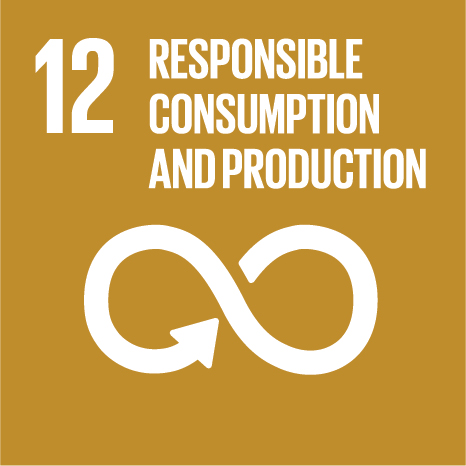Ciência_Iscte
Publications
Publication Detailed Description
Procedia Computer Science
Year (definitive publication)
2021
Language
English
Country
United States of America
More Information
Web of Science®
Scopus
Google Scholar
This publication is not indexed in Overton
Abstract
Industry 4.0 constituted a trigger to a new phase in the Industrial Revolution, heavily focused in the interconnectivity of the systems, bringing disruptive technologies such as Additive Manufacturing (AM). On top of that, the shift from an industrial economy to a knowledge-based economy, where knowledge is the actual raw material, is implicating changes on the labor market, as new jobs strongly rely on knowledge-intensive activities. This is forcing organizations to rethink their way to operate, since markets are getting even more competitive and susceptible to greater volatility. Herewith organizations are resorting to AM as way to strengthen competitive position, as this technology allows to seize new opportunities. As response to that, this paper presents an industry
analysis to AM based on Porter’s Five forces model, where forces such as threat of new entrants, bargaining power of customers, threat of substitutes, bargaining power of suppliers and rivalry among the existent competitors will be discussed under a knowledge perspective. The compiled evidence show that AM industry will plausibly suffer from a high rivalry in the next few years, as consequence of the increased power of customers and suppliers, low entry barriers for new entrants and due to pressures for a more sustainable society. Although these forces will not be totally controllable, organizations can plan their business strategy according to the knowledge they have on them. This type of approach will allow organizations to influence these forces more closely and at
the same time to predict possible scenarios, identify tendencies and map the sector. In the present paper is proposed a conceptual model based on Porter’s five forces to analyze the impact of AM on firms’ strategy. For future development this model will be extended to organizations operating with AM in Portugal for validating its practical applicability, which will be performed through questionnaire and/or case study.
Acknowledgements
--
Keywords
Additive manufacturing,Porter’s Five Forces Model,Industry 4.0,Knowledge economy
Fields of Science and Technology Classification
- Mechanical Engineering - Engineering and Technology
- Economics and Business - Social Sciences
Funding Records
| Funding Reference | Funding Entity |
|---|---|
| PTDC/EME-SIS/32232/2017 | Fundação para a Ciência e a Tecnologia |
Contributions to the Sustainable Development Goals of the United Nations
With the objective to increase the research activity directed towards the achievement of the United Nations 2030 Sustainable Development Goals, the possibility of associating scientific publications with the Sustainable Development Goals is now available in Ciência_Iscte. These are the Sustainable Development Goals identified by the author(s) for this publication. For more detailed information on the Sustainable Development Goals, click here.

 Português
Português



